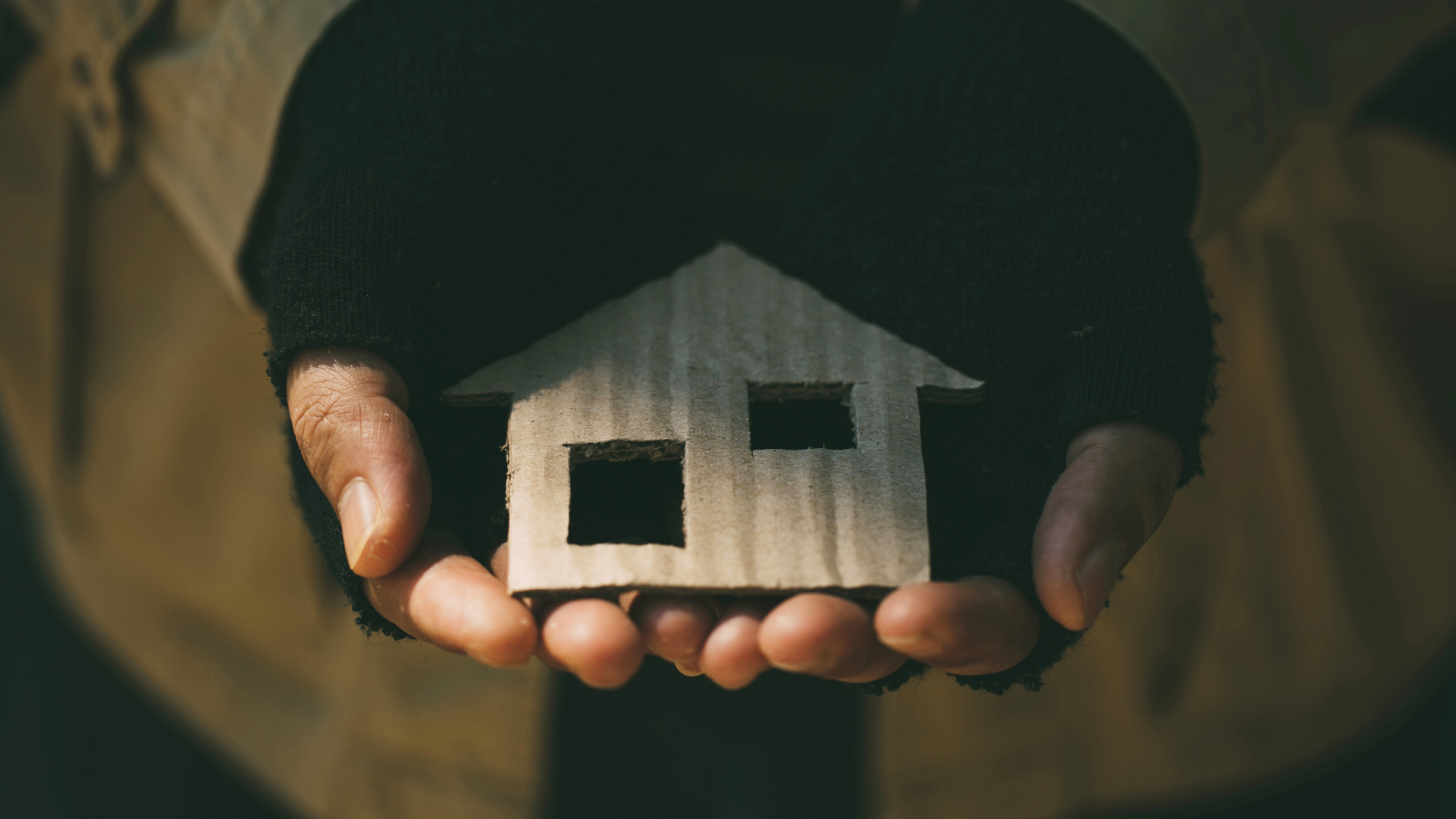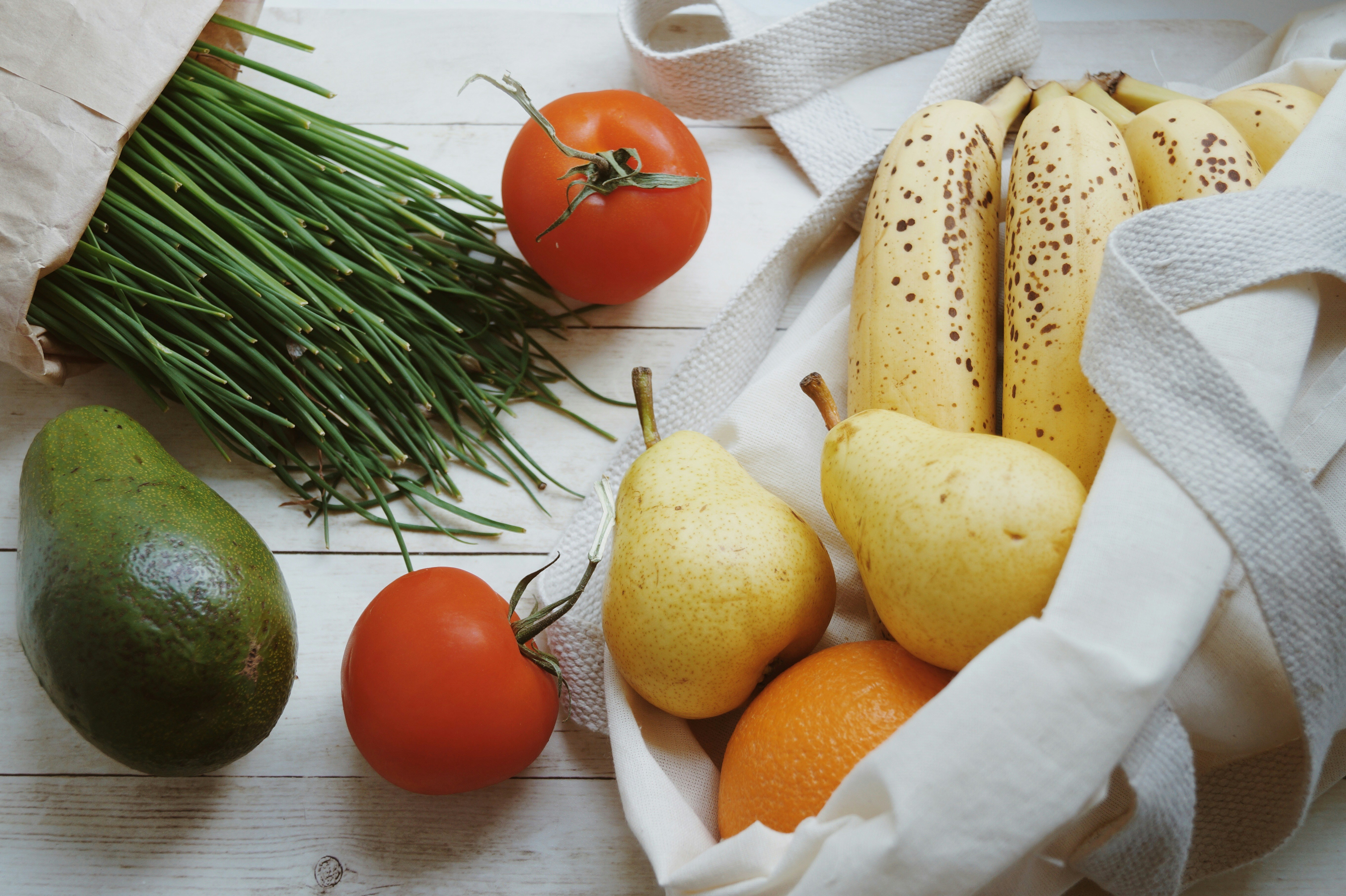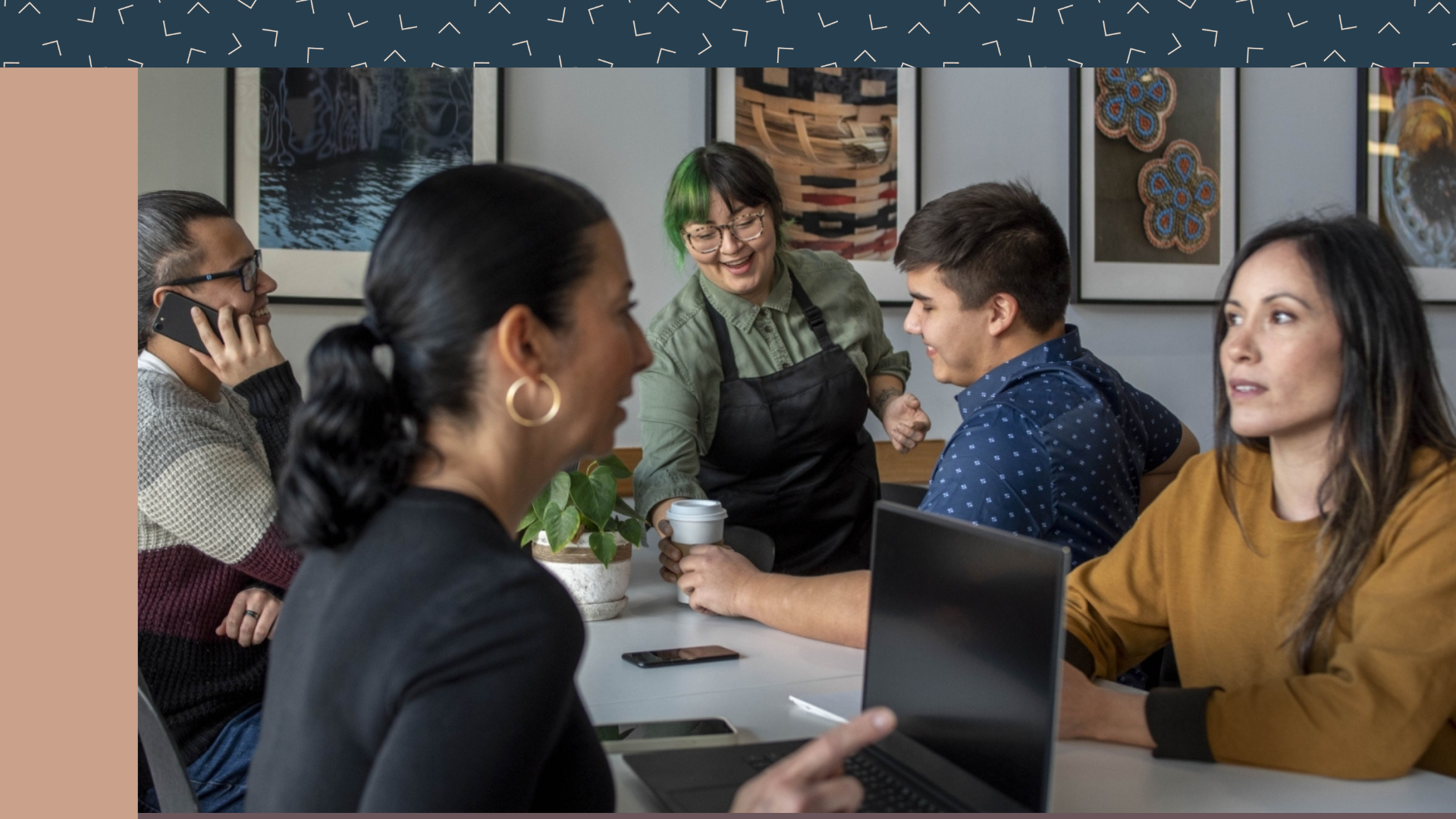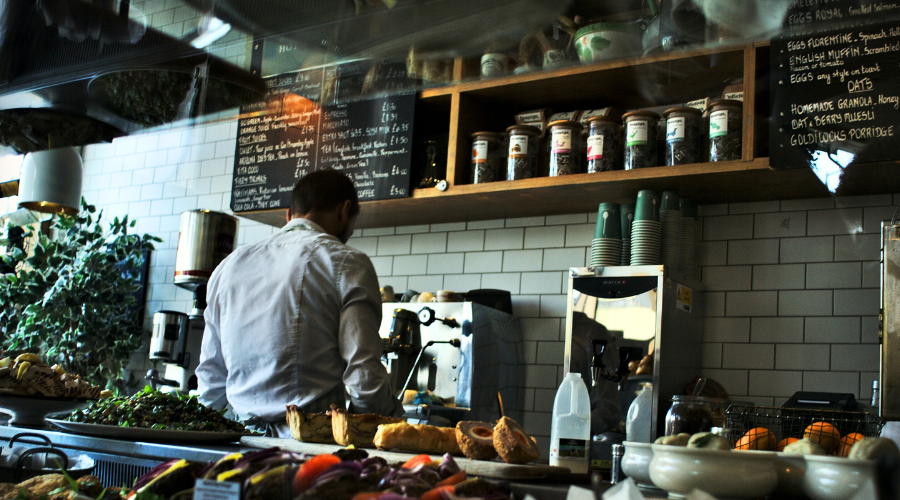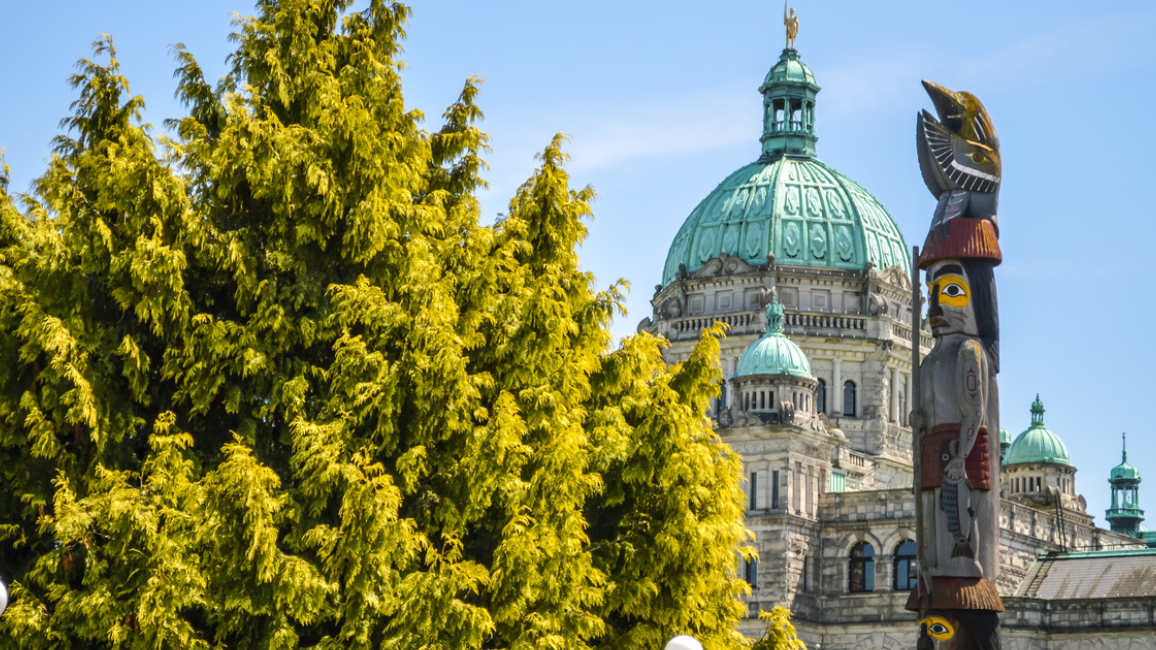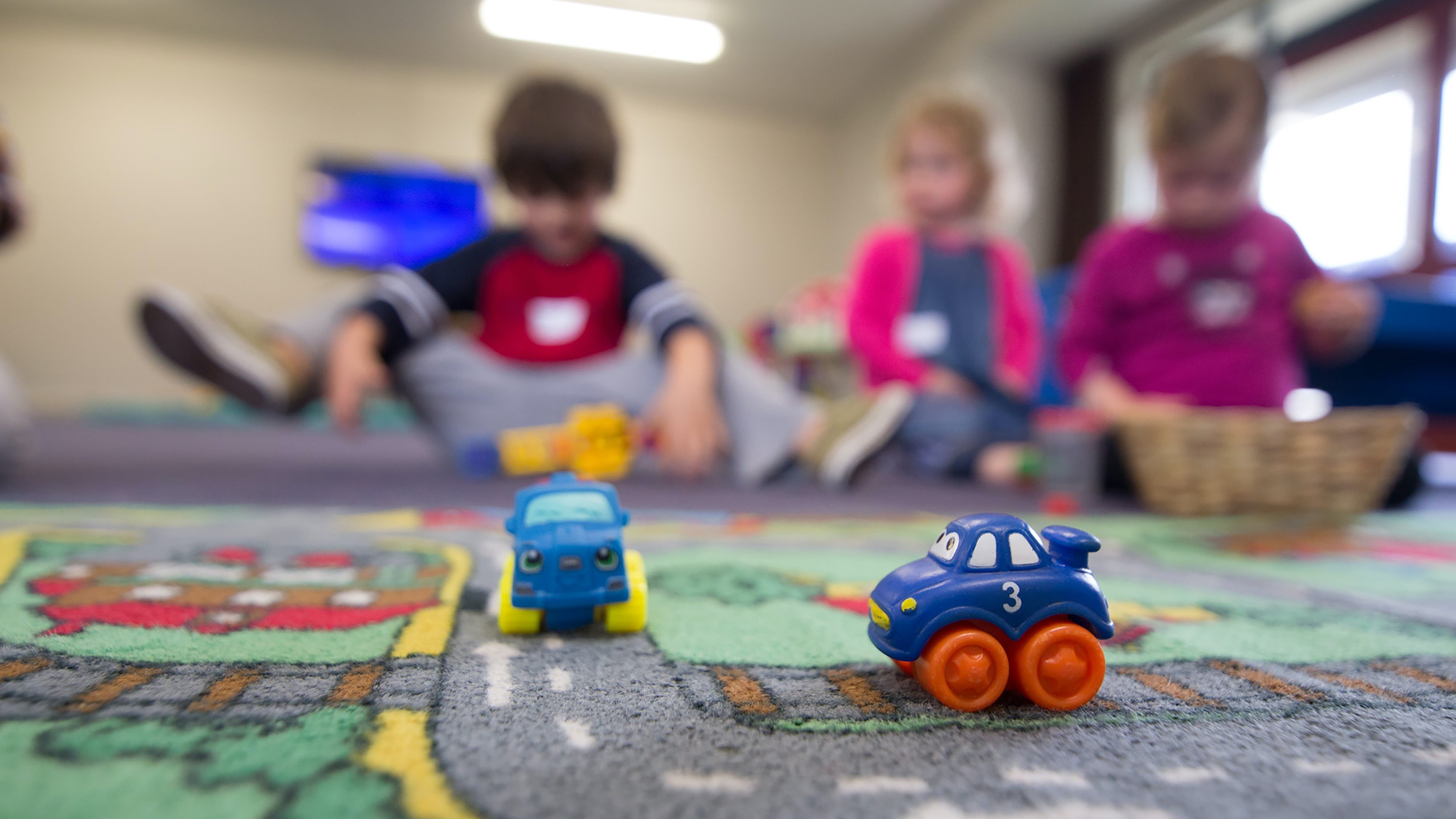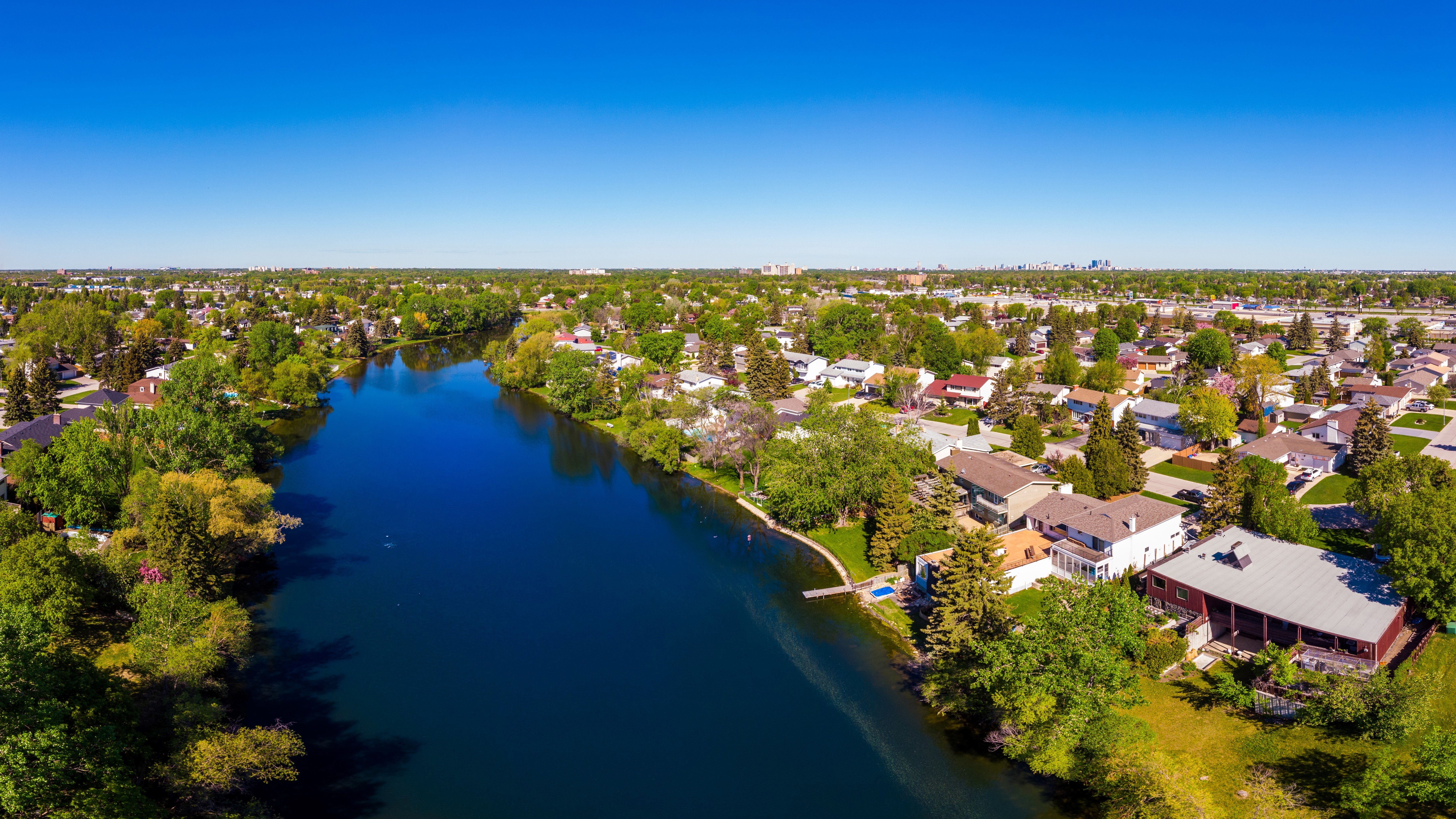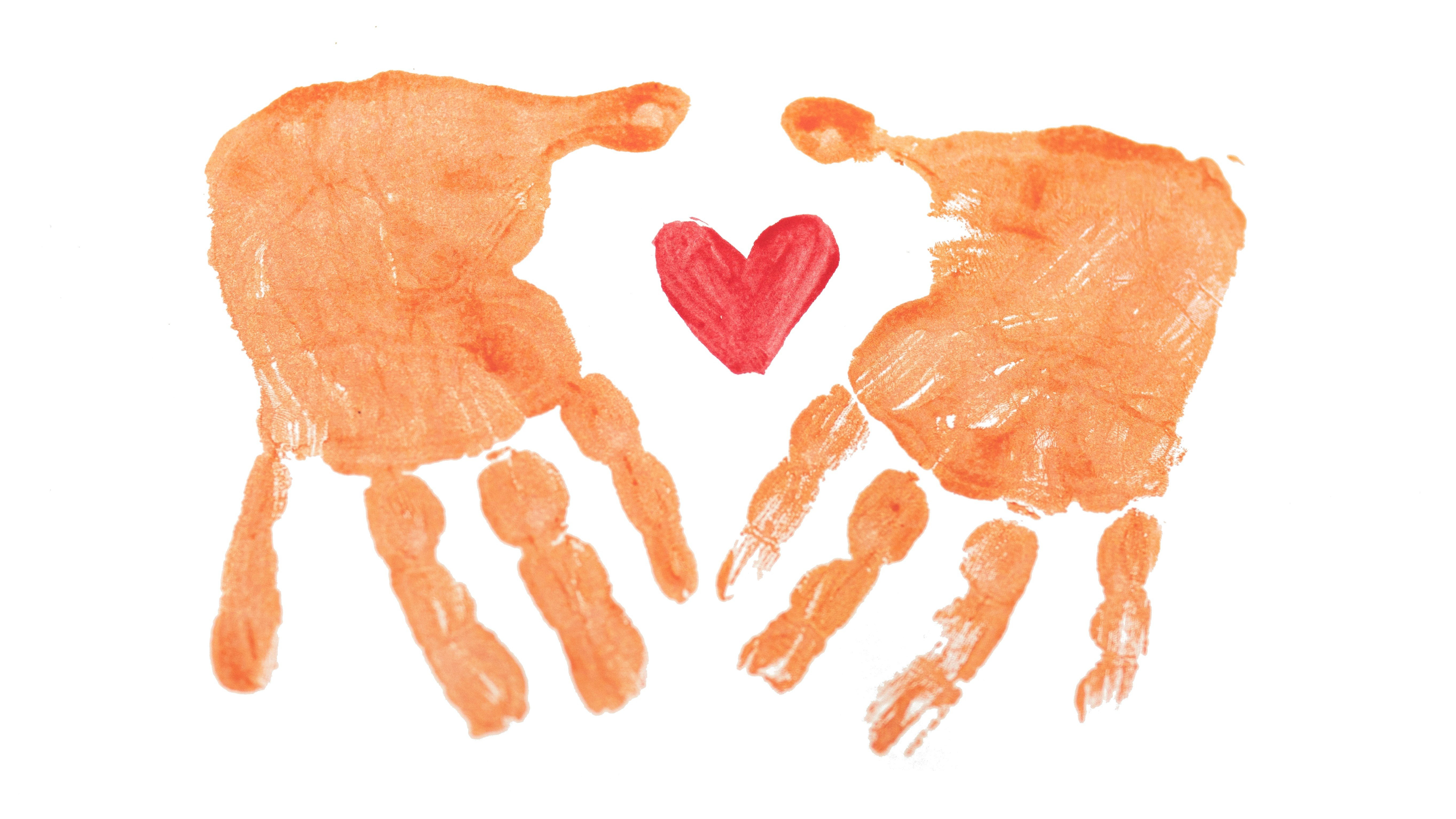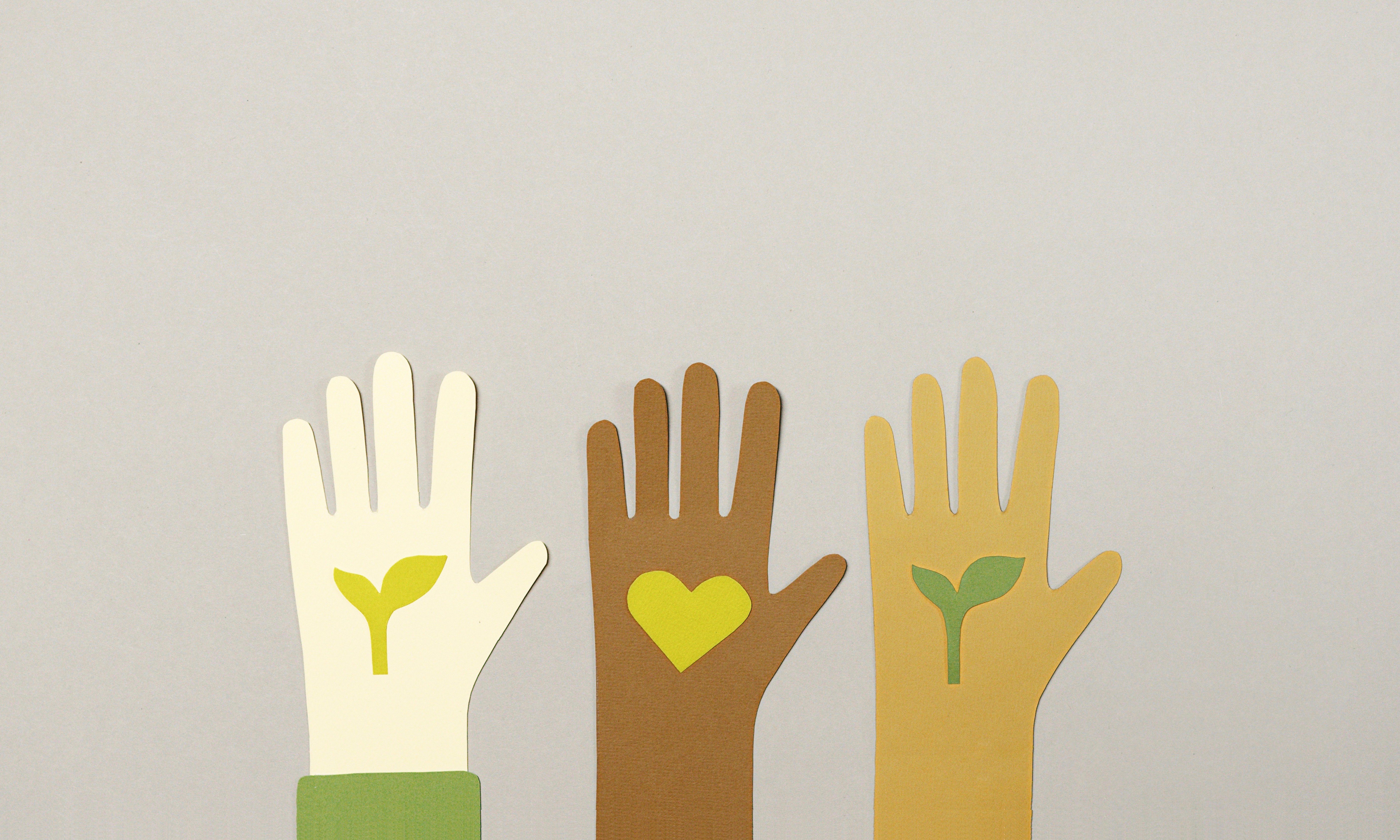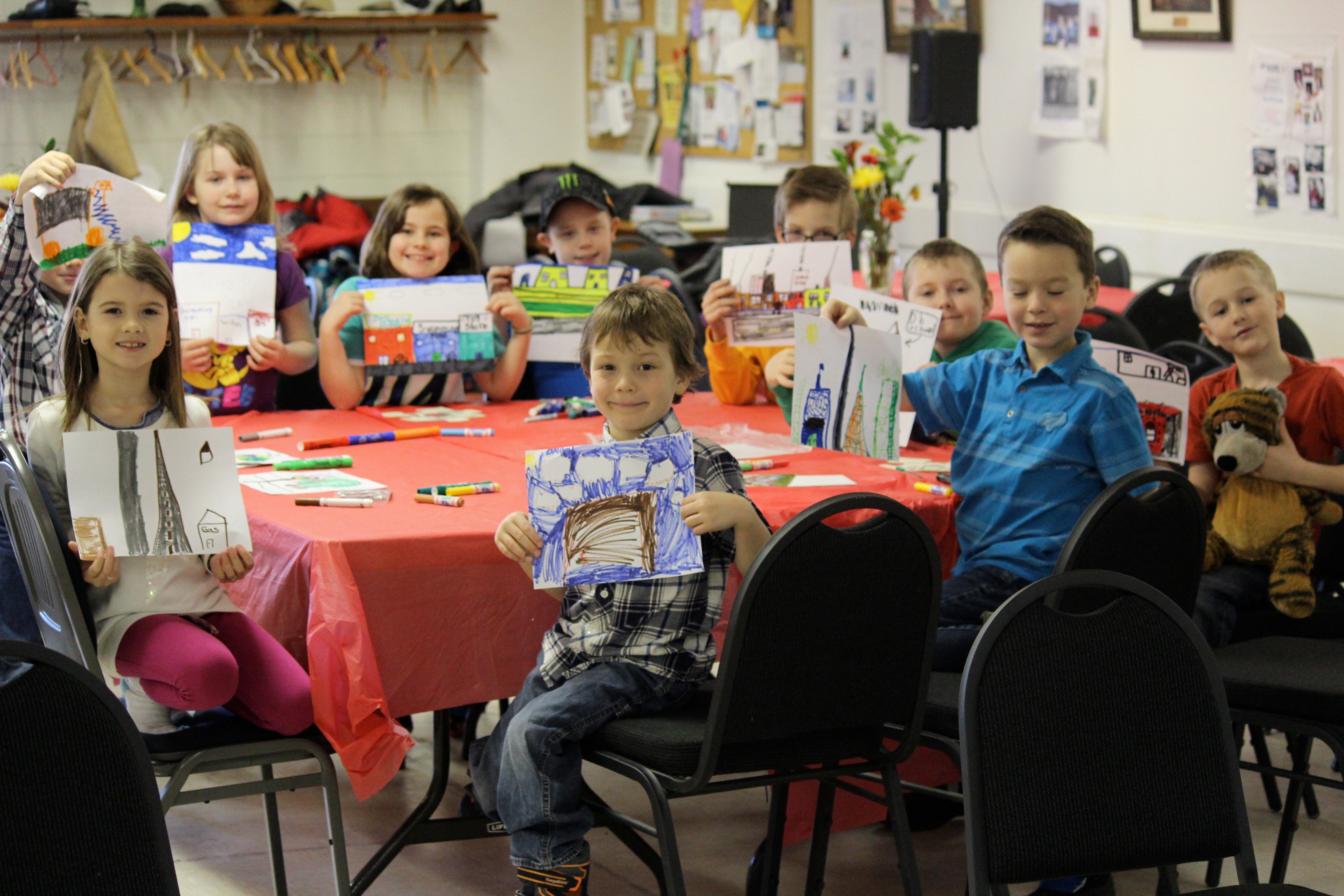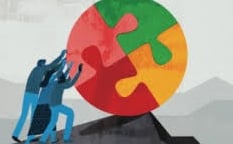October 17 is the International Day for the Eradication of Poverty, a day for people of all backgrounds, beliefs, and social origins to gather yearly to show solidarity with people living in poverty and renew their commitment to ending poverty in all forms.
In 2024, Canadian poverty rates are up for the second year in a row, nearly matching pre-pandemic levels. Unless steps are taken to strengthen our income security system and to pave ways towards a less exclusionary future for all Canadians, we will continue to fall short of our nationally legislated poverty reduction targets.
Measuring Poverty in Canada
Canada’s Official Poverty Line is calculated using the Market Basket Measure (MBM) - the combined costs of a basket of goods and services that individuals and families require to meet their basic needs and achieve a modest standard of living.
The basket includes items such as food, clothing, shelter, transportation, and other necessities. Canada’s Poverty Reduction strategy, Opportunity for All, also tracks indicators of poverty related to dignity, opportunity and inclusion, and resilience and security.
| “Poverty entails more than the lack of income and productive resources to ensure sustainable livelihoods. Its manifestations include hunger and malnutrition, limited access to education and other basic services, social discrimination and exclusion, as well as the lack of participation in decision-making.” - United Nations Department of Economic and Social Affairs, writing on Poverty Eradication |
Poverty Is Exclusionary
Understanding what poverty entails, it’s important to acknowledge that discrimination, racism, colonialism, and inequity impact people’s experiences of poverty and put people closest to the margins at greater risk of living in poverty. The latest Canadian Income Survey (published in 2024 and reflecting data from 2022) showed that poverty is intersectional: racialized groups are more likely to live below the poverty line, the gap between Indigenous and non-Indigenous people living in poverty is widening, people with a disability are at a higher risk of poverty, and recent immigrants face higher poverty rates. The National Advisory Council on Poverty’s latest report says that groups made most marginal experience deeper poverty and face more barriers to full inclusion in society.
Poverty is exclusionary. To end poverty, we must collectively push for a future where everyone feels included in community, supported by systems that work for all. The voices of people who are most impacted by exclusionary policies, those with lived and living experiences of poverty, need to guide these solutions.
Belonging as a Social Pathway to Ending Poverty
Social and material needs are mutually reinforcing. As explained by the Tamarack Institute’s Consulting Director on Asset-Based Community Development, Heather Keam, “When communities work together to create a sense of belonging, people find support and experience resilience, breaking free from the poverty cycle.” More and more communities are naming belonging as a way to address the polycrisis of loneliness, poverty, inequality, and environmental sustainability, through strategies and solutions that make us more resilient and prosperous.
In their Poverty Reduction Strategy, the City of New Westminster has named “Social Connectedness” as a pillar, committing to actions that help achieve belonging by building community spaces and strengthening local support networks: working to ensure adequate provision of open spaces, parks, playgrounds and trees in low-income and multi-family rental housing areas and neighbourhoods, and exploring additional ways to enhance access to and participation in leisure and recreational activities and programs, among the actions named. “Community Belonging and Connecting” is also named as one of the City’s strategic priorities for 2023-2026, as they strive to “recognize, inspire, and empower all residents by developing and nurturing relationships with and across communities.”
Tamarack is committed to decreasing and sustaining the poverty rate in Canada to 5%. To best engage in this work, we are firm in our commitment to the power of place, the need to ground our efforts in equity, reconciliation, and anti-racist approaches, the importance of centering lived experiences, and the need to do this work in collaboration with members at all stages - from idea to implementation.
Deepen Your Learning:
-
Attend our upcoming webinar on Fighting Poverty with Belonging
-
Learn more about the Pan-Canadian Strategy for Belonging
-
Read an article about Community Belonging: A Way to End Poverty in Canada
The Tamarack Institute is a registered Canadian charity dedicated to ending poverty in all its forms, for good. We support real people and invest in real communities for long-term change.





